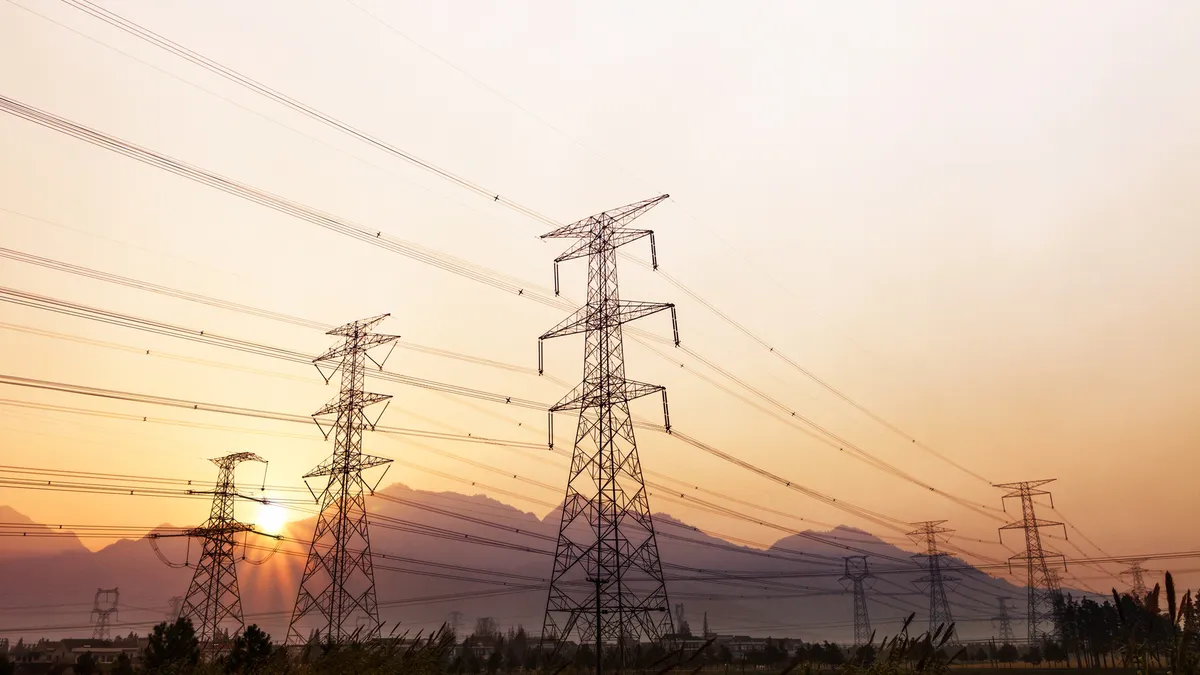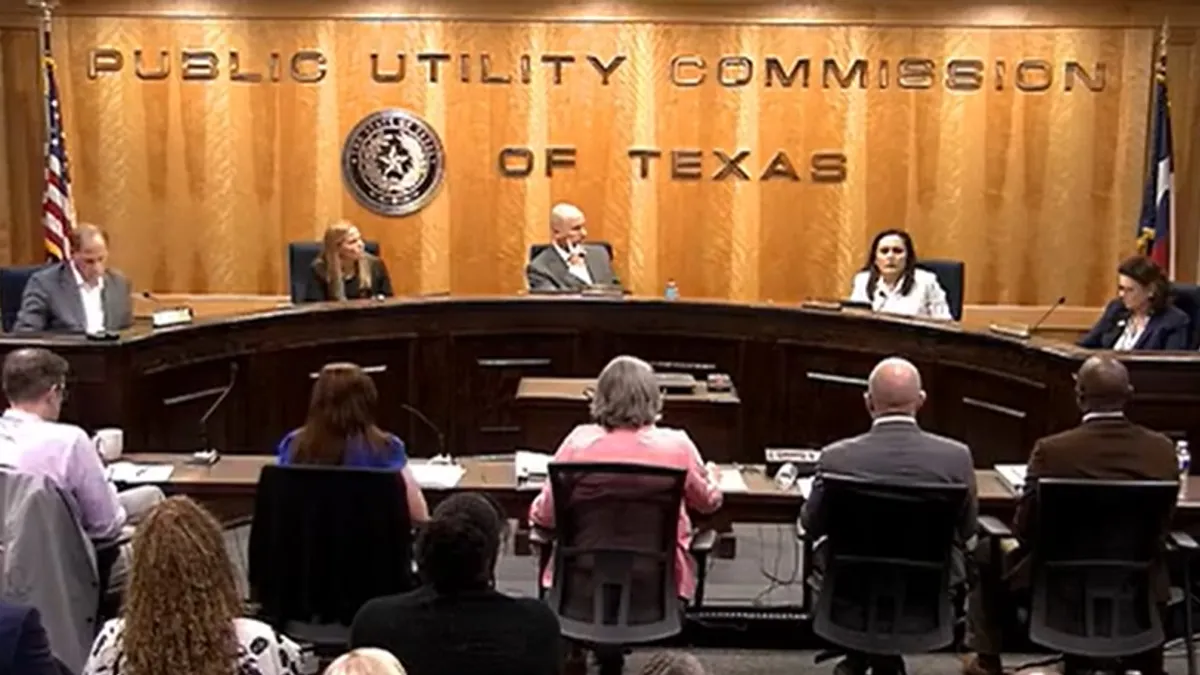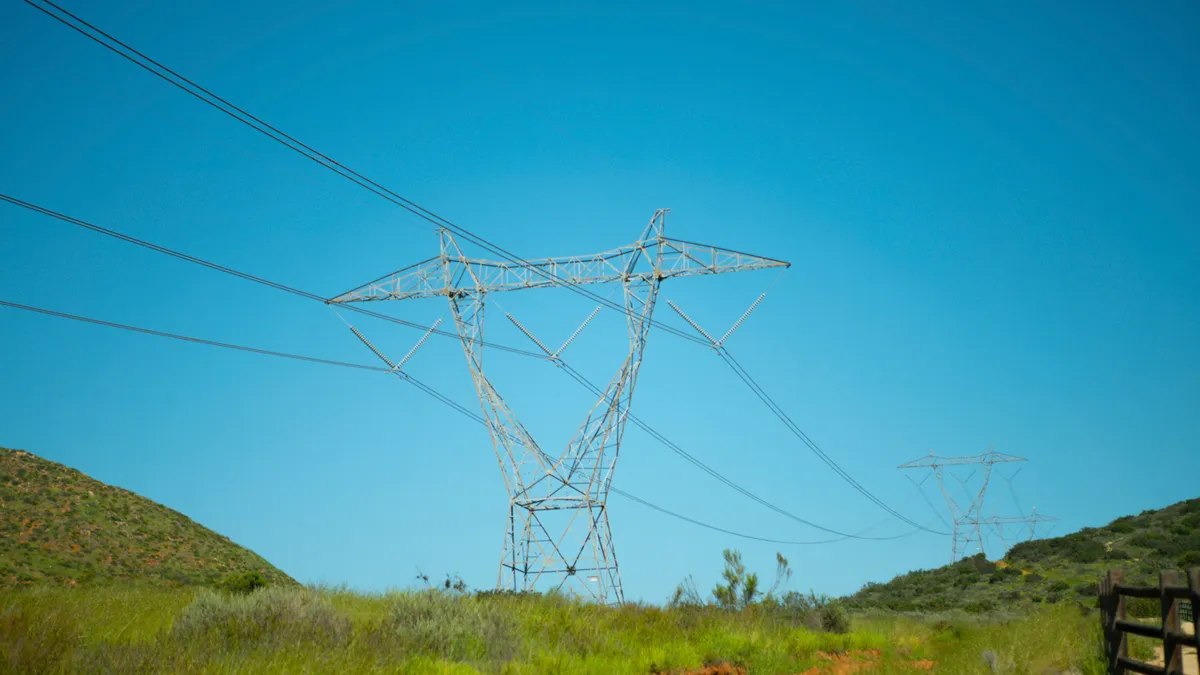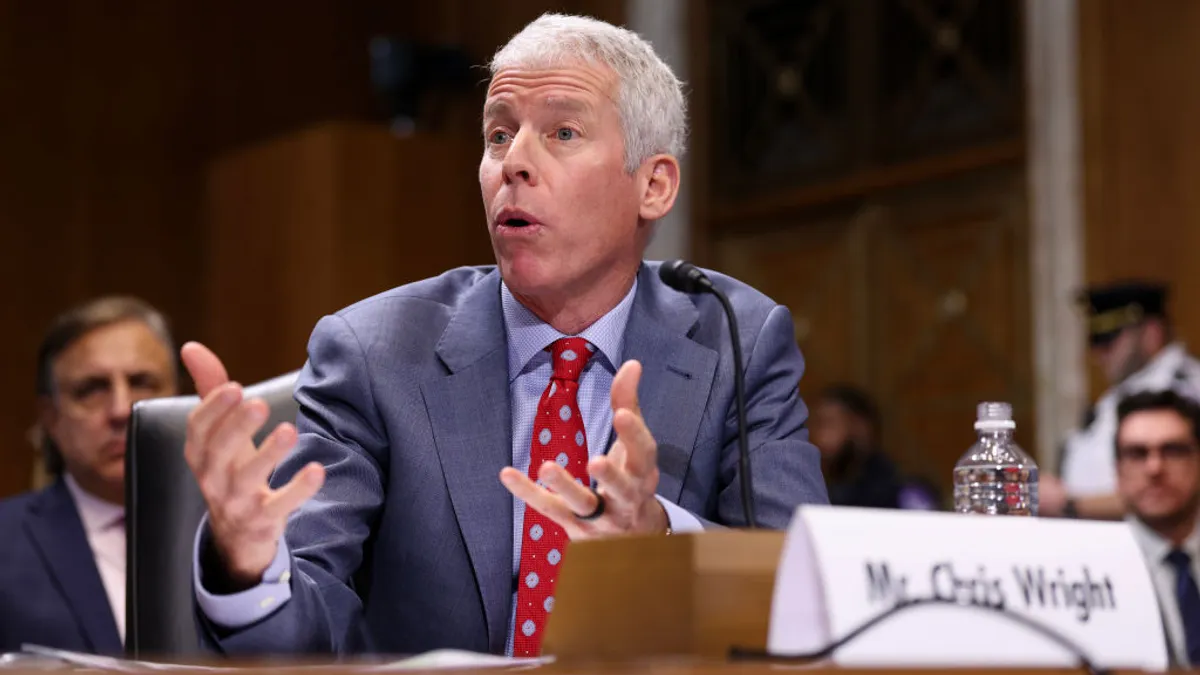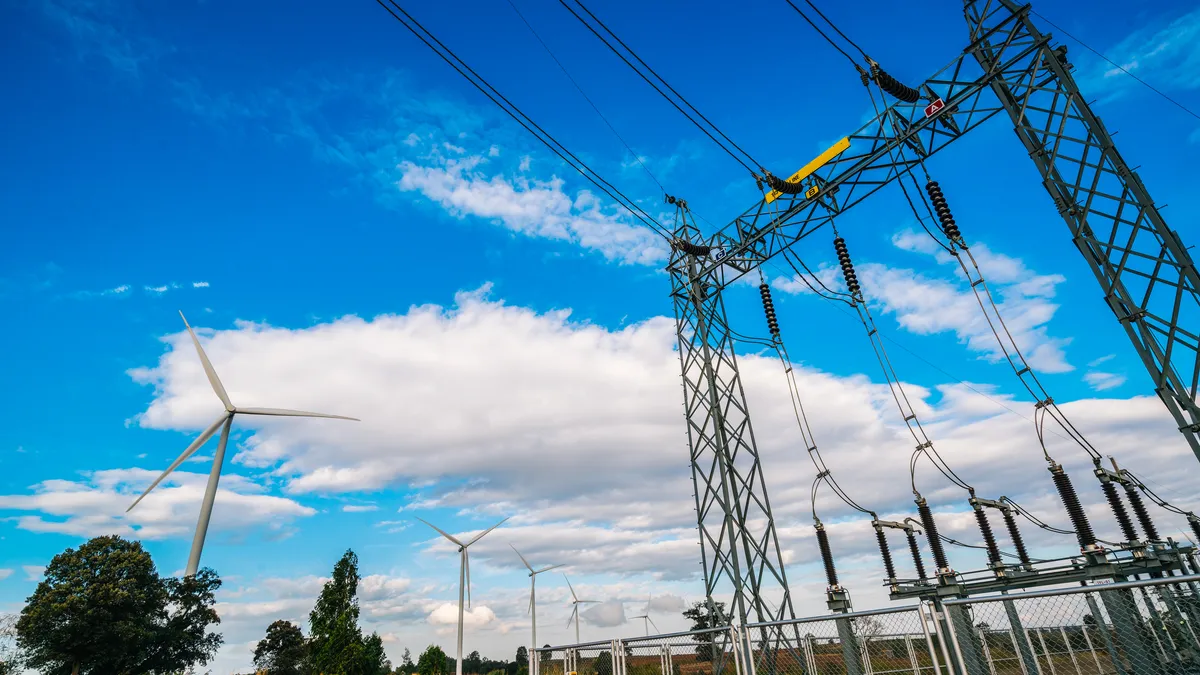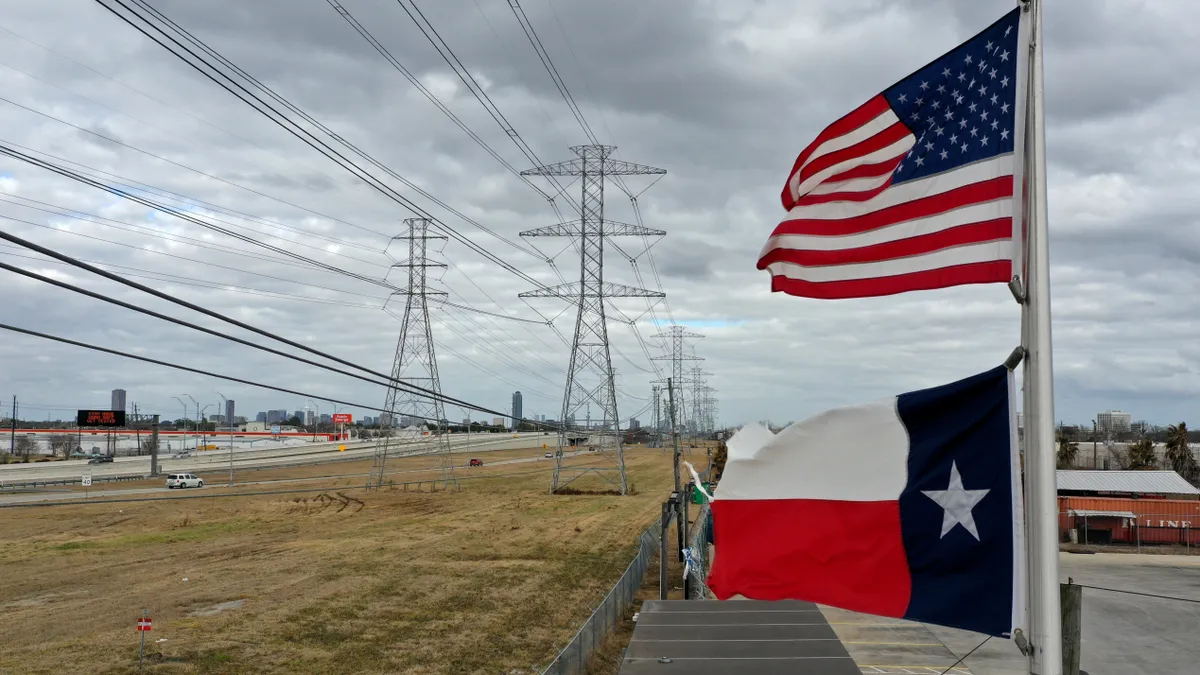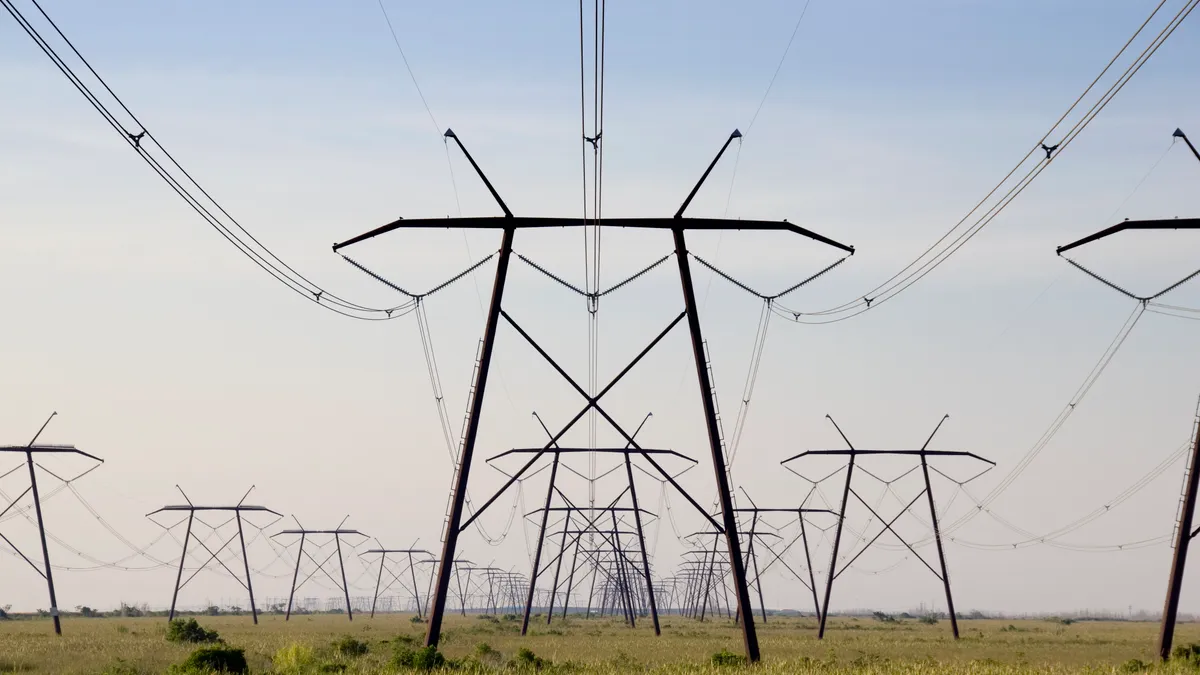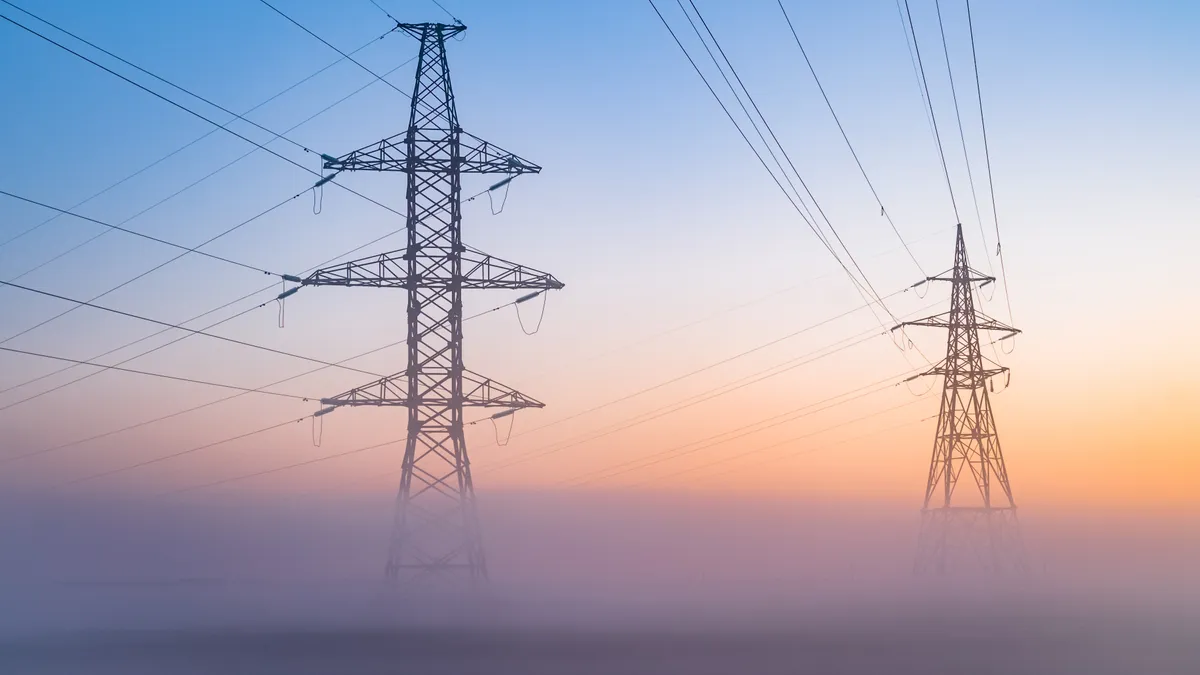The following is a contributed article by William Massey, senior counsel at Covington & Burling and former FERC commissioner (1993-2003).
All of us know that for the average American, the economy is in rough shape, and unemployment levels are high. With the roll-out of vaccines, however, there is faint light at the end of the tunnel that provides hope to millions of unemployed. And with a new administration with a bold vision, we are sitting on a potentially rich source of job creation, consumer savings, and environmental progress that can boost the investment in America’s clean energy infrastructure needed to compete in the global economy, address the existential threat of climate change, and lower electricity bills.
What is this rich source of benefits? Organized regional power markets. When I was a commissioner at the Federal Energy Regulatory Commission (FERC), we pried open wholesale power markets and pushed the industry to restructure itself into regional transmission organizations and independent system operators, also known collectively as organized regional markets. These markets, now covering two-thirds of the country, are where generators compete to sell power at wholesale (as opposed to retail sales regulated by the states).
Organized regional markets are one of the surest and lowest cost paths to achieving a clean energy future in the U.S. They have the large geographic scope, encompassing an entire state or several states, to handle the variability of renewable resources such as wind and solar, and because clean energy is increasingly the lowest-cost option, it tends to compete effectively in these markets.
Organized regional markets also provide the level playing field for clean energy to compete without discrimination. That’s because the regional market operator is independent of market participants. It owns no generation or transmission resources; in other words, it has no "skin in the game," and thus no incentive to favor or shun any particular resource, a problem that can exist outside the organized markets where clean energy providers are sometimes shut out from competing on fair terms.
In this new year, the Biden administration, the new Congress and FERC should prioritize the necessary policy changes to unleash market forces in those remaining regions where the lack of organized regional markets is a barrier to innovation, emissions reductions and cost savings.
We know that the homes and businesses in areas where electricity is provided through organized regional markets enjoy significant cost savings. Studies in regions without organized markets have found that customers are losing out on cost savings that range from 3-9% annually. In a huge, capital-intensive industry, that translates into billions in savings for consumers.
In the MidAtlantic and MidContinent regional markets, for example, customers save in excess of $3 billion a year. Entergy, which joined the MidContinent market in 2013, said its customers saved $1.3 billion from 2014-18 as a result of market efficiencies, and ratepayers even receive a direct monthly credit on their bills.
In the rest of the nation where there isn’t such a vibrant electricity marketplace, consumers don’t reap these benefits. Without robust competition to pick the low-cost providers, those who have market power or a monopoly often win out.
But significant cost savings aren’t the only reason to expand organized power markets. Expansion to other regions is essential to integrating the low-cost, renewable energy that customers are demanding and that we need to decarbonize our energy system. Over 20 years of data show that the deployment of clean energy has taken off much faster in areas that participate in organized regional markets.
For instance, 80% of non-hydro renewable energy has been installed in states with organized regional markets. In the organized market in Texas, known as ERCOT, more than 28 GW of clean energy has been deployed, almost triple the state’s goal of 10 GW by 2025. Organized regional markets are quite attractive for renewable energy investors.
It’s no secret that the positive environmental impact of clean energy development in organized regional markets is significant. According to federal data, CO2 emissions from electricity generation have fallen 23% in organized regional markets relative to a 2013 baseline, the equivalent of over 147,000 thousand metric tons. In contrast, CO2 emissions have fallen 18% in regions of the country outside those markets.
As a nation, we can no longer ignore these significant environmental and consumer benefits. The case is compelling for expanding the reach of organized regional markets, and exploring expansion has bipartisan support in Congress.
It’s time to support regional market expansion. Climate change is bearing down on us. Deeper penetration of clean energy resources is essential, and we need the jobs and economic boost that will result.
FERC is in the driver’s seat on wholesale market reform and has the authority to get this done. There is no time to waste.


